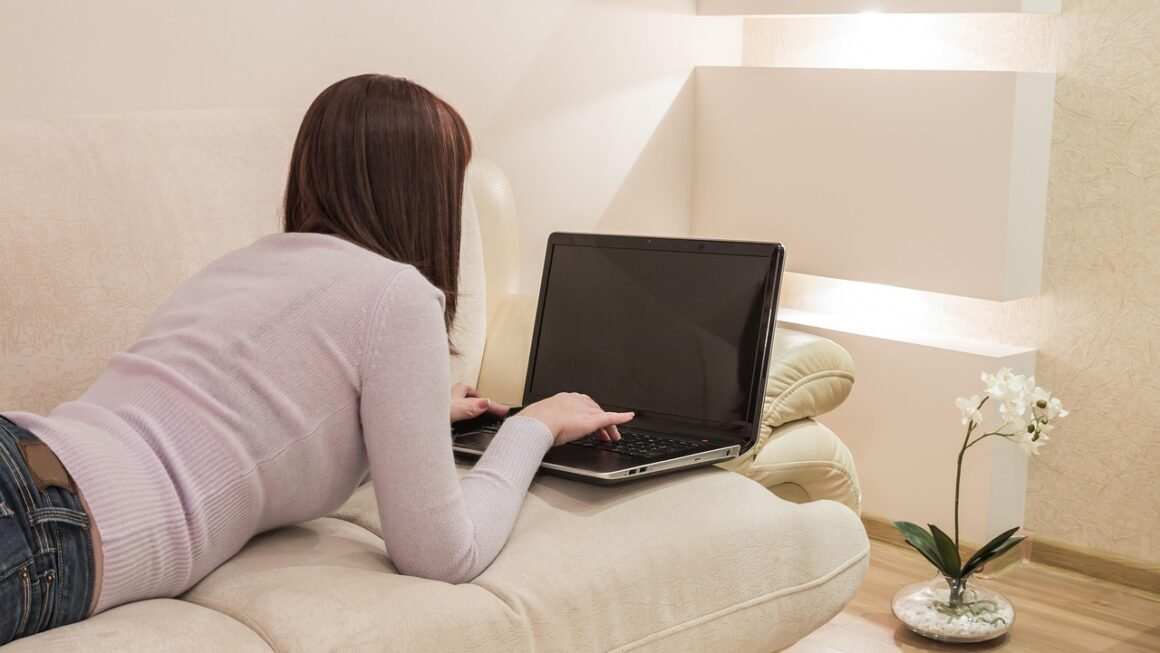Store design is more than just aesthetics; it’s a powerful tool that can significantly impact customer experience, brand perception, and ultimately, your bottom line. A well-designed store creates an inviting atmosphere, guides shoppers seamlessly through the space, and encourages purchases. This blog post delves into the essential elements of effective store design, providing actionable insights and practical examples to help you create a retail environment that drives success.
Understanding the Importance of Store Design
First Impressions Matter
- Impact of Visual Appeal: A visually appealing storefront attracts customers and sets the tone for their shopping experience. A study by the Visual Merchandising and Store Design (VMSD) magazine found that 70% of purchase decisions are made in-store, emphasizing the power of visual merchandising.
- Creating a Welcoming Atmosphere: Consider lighting, music, and overall ambiance. A bright and airy space with pleasant background music can create a more relaxed and enjoyable shopping environment. For example, Lululemon stores often use bright lighting, uplifting music, and spacious layouts to create an energizing atmosphere.
- Reflecting Brand Identity: Your store’s design should be consistent with your brand identity. This includes using consistent colors, fonts, and design elements that align with your brand values and target audience. Think of Apple stores – their minimalist design and use of natural materials perfectly reflect their brand values of simplicity and innovation.
Enhancing Customer Experience
- Navigation and Wayfinding: Clear signage and intuitive store layouts help customers easily find what they’re looking for. Consider using directional signage, category labels, and strategically placed displays to guide shoppers. Ikea is a master of this, using a specific path and engaging displays to guide customers through the entire store.
- Creating Comfortable Spaces: Provide comfortable seating areas or rest stops for shoppers. This is especially important in stores where customers are likely to spend a significant amount of time, such as furniture stores or bookstores.
- Accessibility Considerations: Ensure that your store is accessible to all customers, including those with disabilities. This includes providing ramps, wide aisles, and accessible restrooms.
Driving Sales and Profitability
- Strategic Product Placement: Placing high-margin items in prominent locations can significantly boost sales. Consider placing impulse buys near the checkout counter or featuring popular items on endcaps.
- Creating Engaging Displays: Use visually appealing displays to showcase your products and attract customers’ attention. Experiment with different display techniques, such as using mannequins, props, and thematic arrangements.
- Optimizing Checkout Experience: A smooth and efficient checkout process is crucial for customer satisfaction. Minimize wait times, offer multiple payment options, and train staff to provide friendly and efficient service.
Key Elements of Effective Store Design
Store Layout
- Grid Layout: A grid layout is a traditional store layout that uses straight aisles and organized shelving. It’s efficient for maximizing space and is often used in grocery stores and drugstores. Example: Most supermarkets.
Benefits: Easy to navigate, efficient use of space, familiar to shoppers.
Drawbacks: Can feel impersonal, may not encourage exploration.
- Loop Layout: A loop layout guides customers along a predetermined path through the store, encouraging them to see more merchandise. Ikea is a prime example of this.
Benefits: Maximizes exposure to merchandise, encourages impulse buys.
Drawbacks: Can feel restrictive, may frustrate customers who want to quickly find specific items.
- Free-Flow Layout: A free-flow layout uses a more open and flexible design, allowing customers to browse freely. This layout is often used in boutiques and specialty stores. Example: many clothing stores.
Benefits: Creates a relaxed and inviting atmosphere, encourages exploration.
Drawbacks: Can be confusing for shoppers, may require more staff to assist customers.
Lighting
- Ambient Lighting: Provides overall illumination and sets the mood of the store.
- Accent Lighting: Highlights specific products or displays, drawing attention to key areas.
- Task Lighting: Provides focused illumination for specific tasks, such as checkout counters or fitting rooms.
- Example: Apple Stores use bright, natural lighting to create a clean and modern atmosphere, while jewelry stores often use accent lighting to highlight the sparkle and brilliance of their products.
Color Palette
- Psychology of Color: Different colors can evoke different emotions and associations. Consider using colors that align with your brand identity and target audience.
- Brand Consistency: Use a consistent color palette throughout the store to reinforce your brand identity.
- Example: Fast food restaurants often use warm colors like red and yellow to stimulate appetite, while spas and wellness centers often use cool colors like blue and green to promote relaxation.
Visual Merchandising
- Window Displays: Attract customers and showcase your products.
- In-Store Displays: Create engaging displays that highlight key products or promotions.
- Signage: Use clear and informative signage to guide customers and promote products.
- Example: Anthropologie is known for its creative and visually stunning displays, which often incorporate natural elements and unique props.
Leveraging Technology in Store Design
Digital Signage
- Dynamic Content: Digital signage can display dynamic content, such as videos, animations, and interactive displays.
- Personalized Messaging: Digital signage can be used to deliver personalized messages to customers based on their demographics or shopping history.
- Example: Many retailers use digital signage to display promotions, product information, and even live social media feeds.
Interactive Displays
- Product Information: Interactive displays can provide customers with detailed product information, such as specifications, reviews, and comparisons.
- Virtual Try-On: Virtual try-on technology allows customers to virtually try on clothing or accessories using augmented reality.
- Example: Sephora uses interactive displays to allow customers to experiment with different makeup products and get personalized recommendations.
Data Analytics
- Traffic Flow Analysis: Track customer traffic patterns to optimize store layout and product placement.
- Dwell Time Analysis: Measure how long customers spend in different areas of the store to identify popular areas and potential areas for improvement.
- Example: Retailers can use data analytics to identify which products are most frequently viewed and purchased, and then use this information to optimize their displays and promotions.
Creating an Accessible and Inclusive Store Design
Physical Accessibility
- Ramps and Elevators: Provide ramps or elevators for customers who use wheelchairs or have mobility impairments.
- Wide Aisles: Ensure that aisles are wide enough for wheelchairs and strollers to easily navigate.
- Accessible Restrooms: Provide accessible restrooms with grab bars and other features.
Sensory Considerations
- Lighting: Avoid harsh or flickering lighting, which can be triggering for people with sensory sensitivities.
- Noise Levels: Minimize background noise and provide quiet areas for customers who need a break.
- Scents: Avoid strong or artificial scents, which can be irritating for people with allergies or sensitivities.
Communication and Service
- Staff Training: Train staff to be sensitive to the needs of customers with disabilities and to provide assistance when needed.
- Clear Signage: Use clear and easy-to-understand signage.
- Alternative Communication Methods: Offer alternative communication methods, such as sign language interpretation or written communication.
Conclusion
Effective store design is a multifaceted process that requires careful planning and attention to detail. By focusing on creating an inviting atmosphere, enhancing customer experience, and leveraging technology, retailers can create stores that drive sales, build brand loyalty, and ultimately, achieve success. Remember to prioritize accessibility and inclusivity to ensure that your store is welcoming to all customers. Keep in mind that store design is an ongoing process that requires continuous evaluation and improvement to stay ahead of the competition and meet the evolving needs of your customers.



